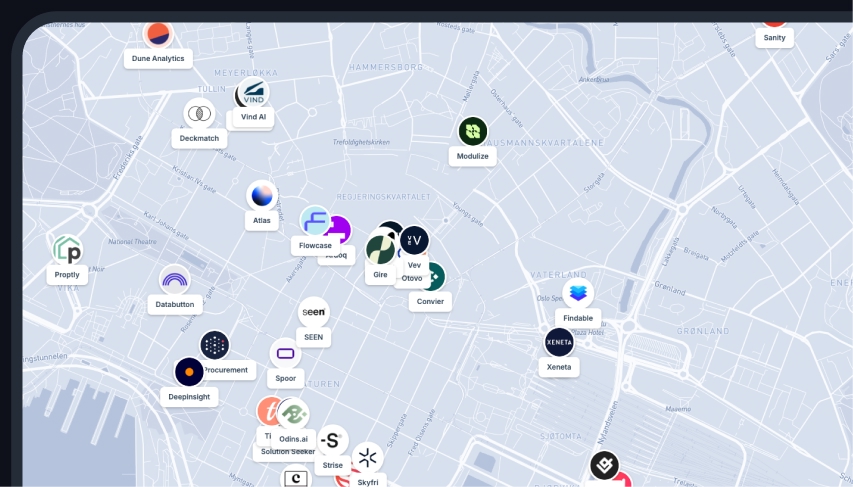Overview of the Hudson River
The Hudson River is one of the most well-known rivers in the northeastern United States, stretching about 507 kilometers (315 miles). It originates in the Adirondack Mountains in upstate New York and flows southward, passing through Albany and New York City, before emptying into the Atlantic Ocean at New York Harbor.
Where is the Hudson River on the map?
The Hudson River begins at Lake Tear of the Clouds in the Adirondack Mountains, flows through eastern New York State, and forms the border between New York and New Jersey before meeting the ocean. It is a tidal estuary, meaning that ocean tides influence its lower portion up to Albany.
Historical significance
The Hudson River has been central to American history for centuries:
- Native American heritage: The river was originally home to the Lenape people, who relied on it for food and transportation.
- European exploration: The river was explored by Henry Hudson in 1609 while searching for a passage to Asia.
- American Revolution: Several key battles occurred along the Hudson, and it was strategically important for controlling trade and movement.
- Industrial Revolution: The Hudson became a major transportation route for goods and people, with cities like Albany and New York City growing along its banks.
Major cities along the Hudson River
Several major cities and towns line the Hudson River, including:
- Albany, New York: The capital of New York State, located near the river’s midpoint.
- Poughkeepsie, New York: Home to the Walkway Over the Hudson, the world’s longest elevated pedestrian bridge.
- Yonkers, New York: A growing city just north of New York City.
- New York City: The river forms part of the city’s western boundary and connects to the Atlantic Ocean.
Economic and environmental importance
The Hudson River continues to be a major economic and ecological asset. Key contributions include:
- Transportation and trade: The river has long been a major route for moving goods between upstate New York and the Atlantic Ocean.
- Hydroelectric power: Several hydroelectric stations use the river to generate renewable energy.
- Tourism and recreation: The Hudson Valley is known for boating, fishing, and scenic river cruises.
- Wildlife habitat: The Hudson supports species such as bald eagles, striped bass, and Atlantic sturgeon.
Challenges facing the Hudson River
The Hudson River has faced significant environmental issues, including:
- Pollution: Industrial waste, including PCBs from General Electric, contaminated parts of the river for decades.
- Urban development: Construction and dredging along the riverbanks have disrupted natural ecosystems.
- Climate change: Rising sea levels and increased flooding threaten communities along the lower Hudson.
- Overfishing: The river’s fish populations have declined due to habitat destruction and pollution.
Conservation efforts
Efforts to clean up the Hudson have led to major improvements in water quality. Organizations like Riverkeeper and Scenic Hudson work to restore habitats, protect wildlife, and promote sustainable development along the river.
Work faster with spatial data
Easily import data, automate analysis and build spatial apps for the web, all within a single software.
FAQs
How long is the Hudson River?
The Hudson River is approximately 507 kilometers (315 miles) long.
Where does the Hudson River start and end?
It starts in the Adirondack Mountains of upstate New York and flows into the Atlantic Ocean at New York Harbor.
Why is the Hudson River important?
It has played a key role in trade, transportation, history, and environmental conservation.
What are the biggest threats to the Hudson River?
Pollution, urban development, climate change, and overfishing are the main challenges.
Can you swim in the Hudson River?
Swimming is allowed in some areas, but water quality varies due to past pollution and runoff from surrounding cities.
